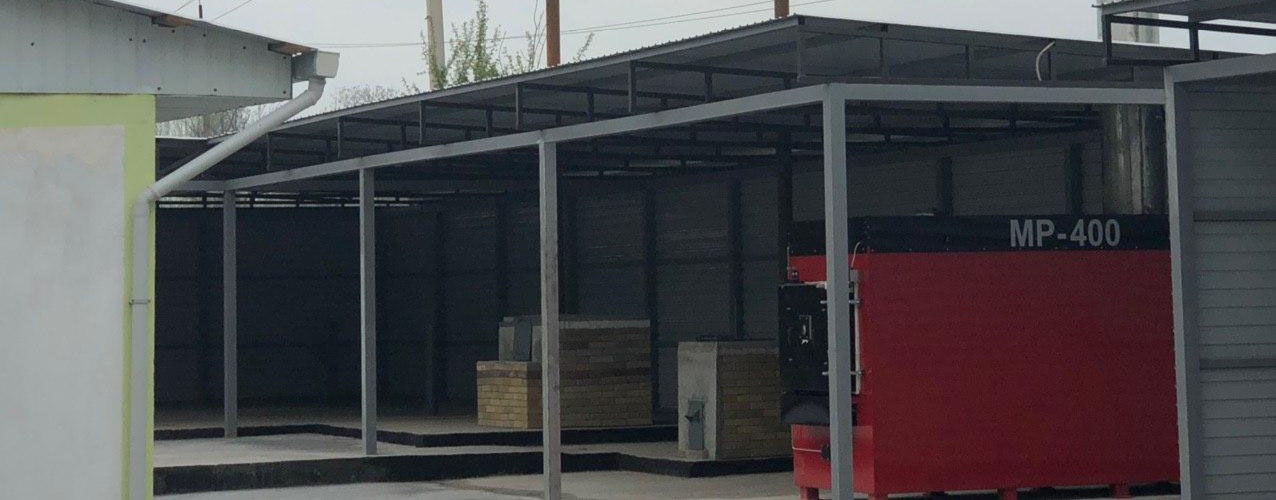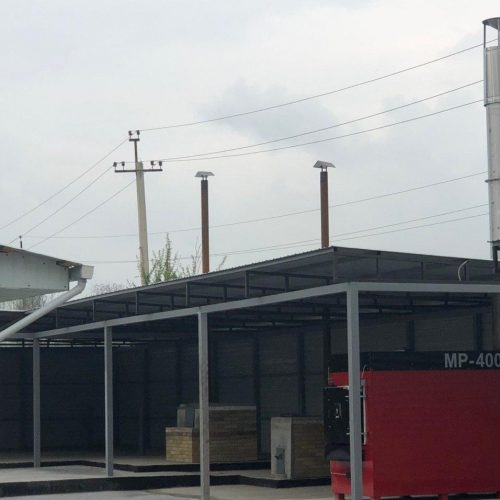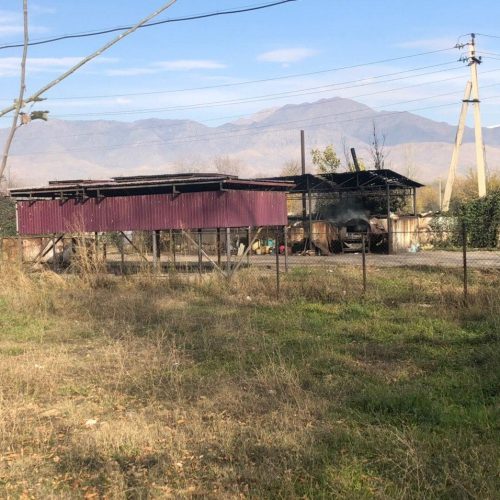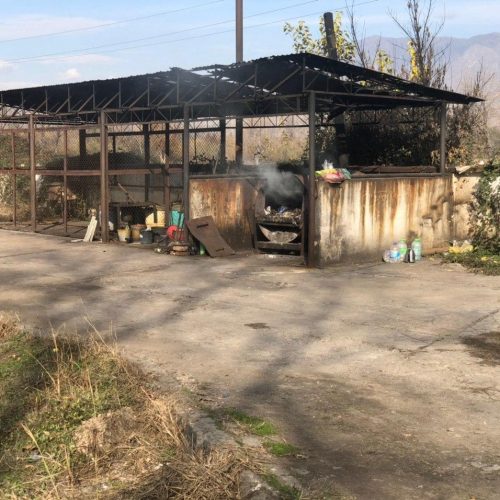Entering our 101st Country
Machine collections are a daily occurrence at Addfield, however this specific one was something a little special. While it may have looked like just another MP400 medical waste incinerator was loaded up to begin its journey to a new country back in January 2020. It was the first of our machines for Tajikistan and as such represented the 101st country that we have installed a machine in and a landmark moment.
This project was implemented to transform the way that hazardous medical waste including used syringes, needles, glass wool and other potentially dangerous waste was disposed of. Part of a larger project to establish a secure hazardous waste disposal area for the local hospital as well as to replace an aging and unsafe incinerator.
Hazardous Medical Waste Disposal Area
The chosen site for this installation was in the village of Machiton near the city of Vahdat. Predominantly to serve the local Tuberculosis hospital, as TB is still a considered threat in the region
Only six months prior to delivery the former waste disposal site was little more than waste ground with a rusted and smoky old incinerator sat next to bags of Class ‘B’ medical waste from TB Hospitals, and epidemiological and microbiological laboratories as well as Class ‘G’ waste including cytostatic, disinfectants, objects containing mercury and various raw materials and pharmaceutical products. The entire site was a real threat to the local environment and health of the local community.
Working across multiple borders
This project was launched by the international aid agency Medicine Sans Frontieres (Doctors without borders) and was managed with the support of Tajik Energo Story (TADES) who specialise in managing engineering and construction projects for the energy services in Tajikstan. In Tajikistan the disposal of medical waste is not fixed at a national level, lacking a formal legislative framework the county has selected to operate based on international standards which are recognised for their rigorous environmental protections. Due care was implemented to ensure that the new ‘Zone’ was to meet all of the current international standards.
The site has been designed to contain multiple zones including several recycling systems that will be run alongside the new MP400 Incinerator from Addfield. Selected to consistently handle the waste that has been classified as ‘B’, ‘C’ and ‘G’ and includes syringes, needles, gauze and glass.
This new incinerator is a dramatic improvement on the rusty old smoke belching machine it has replaced. This new system completely incinerates the hazardous waste at temperatures exceeding 850°C reducing it in volume by over 95% whilst safely sterilising any components that cannot be burned such as needles. All the smoke and gasses generated through this process then pass into the secondary chamber which further increases the temperature up to 1100°C which ensure that now only clean gasses return into the environment completely Smoke and Odour free. A dramatic improvement for the site and further protecting the environment, operatives and community.
For further information on this project please visit Tades.com. This case study contains images taken from the original article.
